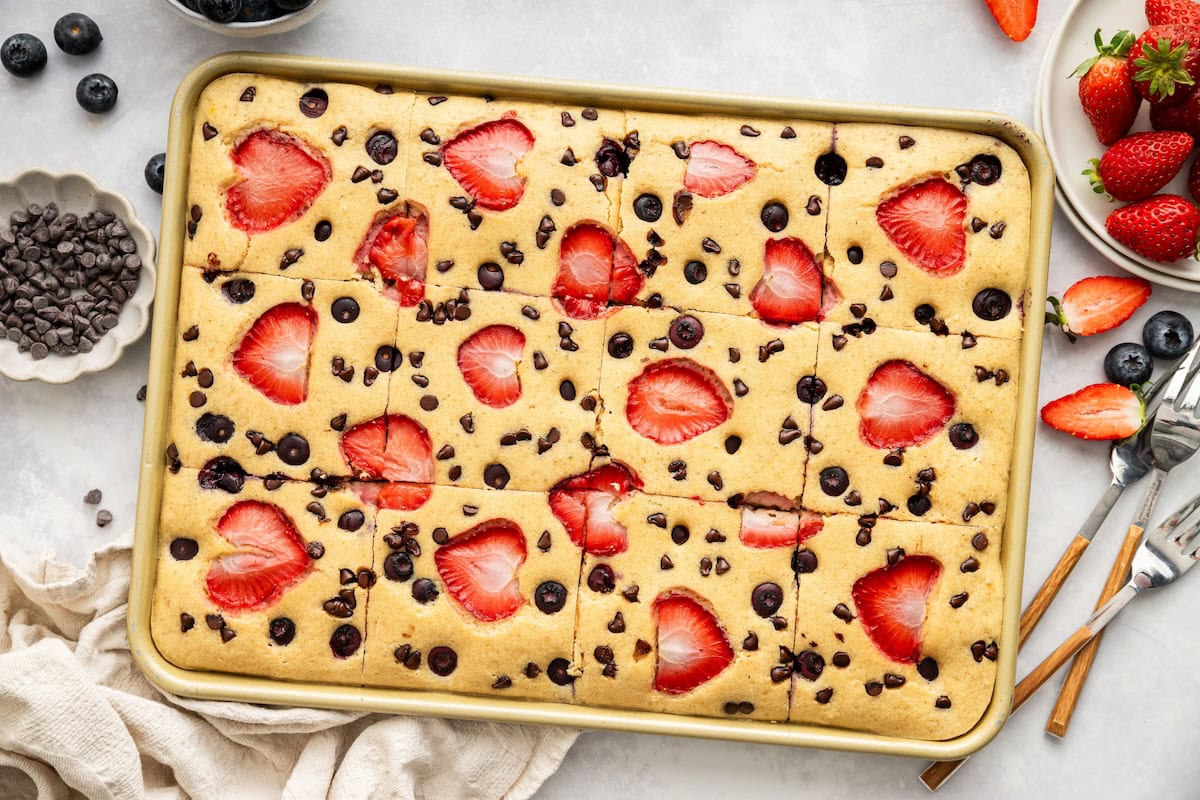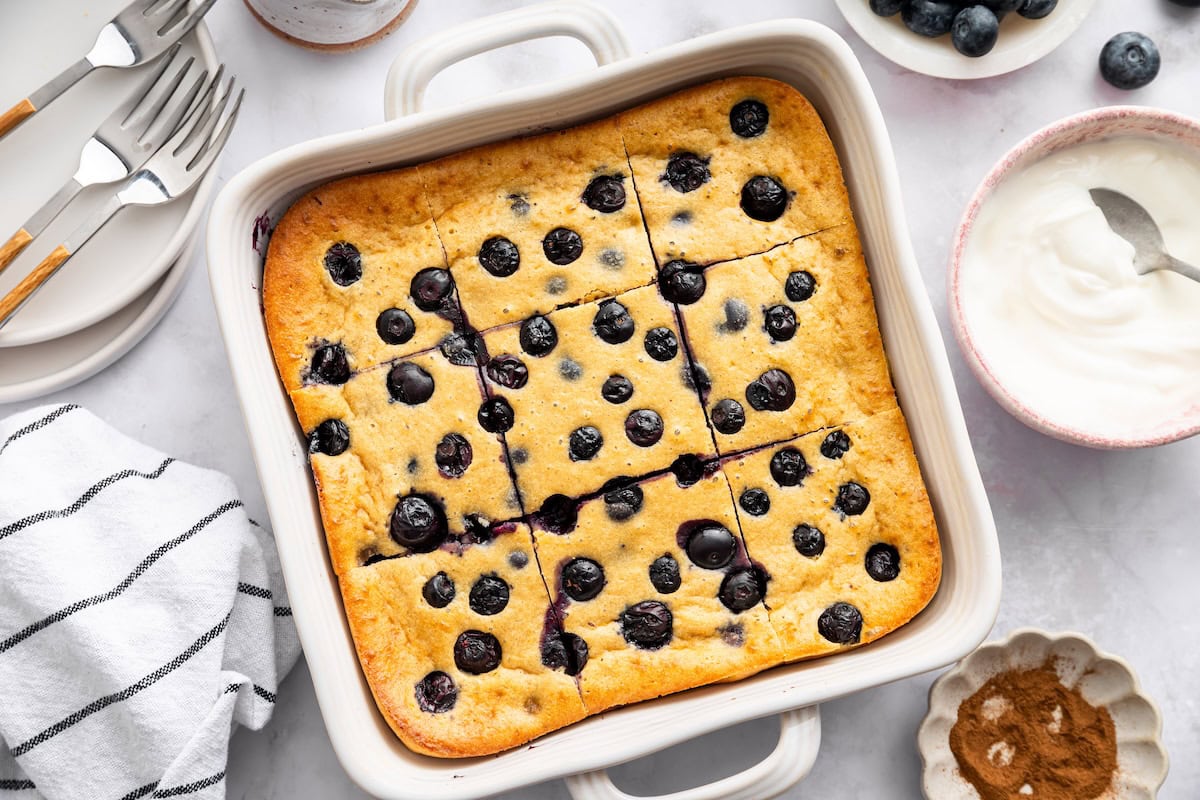If you’ve recently been diagnosed with gluten intolerance or suspect you have a sensitivity to gluten, you’re not alone. Millions of people around the world are affected by these conditions, and the good news is that you can take steps to heal your gut and improve your overall health. In this blog post, we’ll explore the key strategies for post-gluten recovery and offer valuable tips for healing your gut.
Understanding Gluten Intolerance
Before we delve into the recovery process, let’s clarify what gluten intolerance is. Gluten intolerance, also known as non-celiac gluten sensitivity, is a condition in which individuals experience gastrointestinal and other symptoms after consuming gluten-containing foods. Common symptoms of gluten intolerance include bloating, abdominal pain, diarrhea, fatigue, brain fog, and headaches. These symptoms can significantly impact your quality of life and overall well-being.
Celiac disease, on the other hand, is an autoimmune disorder in which gluten consumption triggers an immune response that damages the lining of the small intestine. This condition requires the total removal of gluten from the diet.
The Impact of Gluten on the Gut
Gluten can wreak havoc on the digestive system, particularly in individuals with gluten intolerance or celiac disease. When gluten is ingested, it can lead to inflammation and damage to the lining of the small intestine. This damage can impair the absorption of vital nutrients, leading to malnutrition and a host of health problems. If you find yourself feeling worse when consuming gluten products and find relief from avoiding gluten, then you probably have some form of gluten intolerance.
For these individuals, long-term consumption of gluten without proper management can result in serious health consequences, including nutrient deficiencies, osteoporosis, and an increased risk of certain cancers.
Managing Gluten Cross-Contamination
Avoiding gluten cross-contamination is vital for your recovery. Even small traces of gluten can trigger symptoms in sensitive individuals, therefore it’s important to take precautions both at home and when dining out.
In your kitchen, separate utensils, cutting boards, and cookware for gluten-free cooking. Store gluten-free products separately from gluten-containing items, and thoroughly clean surfaces and appliances to prevent cross-contamination.
When dining out, communicate your dietary needs to restaurant staff, inquire about their gluten-free preparation practices, and be vigilant about potential sources of cross-contamination in restaurant kitchens.
Post-Gluten Recovery Strategies
Eliminate Gluten from Your Diet
The first step in post-gluten recovery is to eliminate all sources of gluten from your diet completely. This may require a significant adjustment to your eating habits, but it’s essential for healing your gut. You’ll need to avoid wheat-based products like bread and pasta, as well as barley and rye. It’s also important to scrutinize labels and be cautious of sauces, soups, and condiments that may contain hidden gluten.
Dining out can be a challenge when you’re following a gluten-free diet, but with some knowledge and preparation, it’s possible to enjoy meals at restaurants safely. Inform restaurant staff about your gluten intolerance, and choose restaurants that offer gluten-free menus or options. Be clear about your dietary restrictions to avoid cross-contamination.
When shopping for gluten-free products, be sure to read labels carefully and look for certified gluten-free symbols. Cross-contamination with gluten can occur during food production, so it’s essential to choose products that are explicitly labeled as gluten-free.
Thankfully, we are fortunate to live in an era where awareness of gluten-free diets has significantly increased, and as a result, gluten-free alternatives have not only gained widespread popularity but have also become increasingly convenient and readily available to the masses.
Remove Gluten from your system
To expedite the process of removing gluten from your system and mitigating its lingering effects, consider incorporating digestive enzymes and activated charcoal into your regimen. Digestive enzymes can aid in the breakdown of gluten proteins, making them easier for your body to process. While these enzymes should not be relied upon as a replacement for a gluten-free diet, they can be a helpful addition, especially when dining out or in situations where cross-contamination is a concern. Activated charcoal, available in supplement form, is known for its ability to adsorb toxins, including gluten, and can help reduce discomfort and bloating. However, consult with a healthcare provider before using these supplements to ensure they are suitable for your specific needs. Additionally, staying well-hydrated is crucial in flushing out toxins and aiding digestion. Water supports your body’s natural detoxification processes, so be sure to drink an adequate amount throughout the day to support your gut’s healing journey.
Gut Repair
Healing your gut after gluten exposure is a multifaceted process that involves repairing the damage caused by the ingestion of gluten. The gut repair journey starts with adopting a gluten-free diet to prevent further harm. Over time, as you eliminate gluten from your diet, the inflammation in your gut begins to subside, allowing the healing process to commence. Supporting gut repair also involves nourishing your body with nutrients such as vitamins, minerals, fatty acids, and antioxidants, which are essential for rebuilding and strengthening the intestinal lining. Additionally, incorporating gut-friendly foods like probiotics and fiber-rich vegetables can help restore a healthy balance of beneficial bacteria and promote optimal digestive function. Remember that gut repair is not an overnight process, but with patience and consistent efforts, you can gradually restore your gut’s health and experience improved overall well-being. Consulting with a healthcare professional or registered dietitian can provide you with personalized guidance on the best strategies for your specific needs.
Decrease inflammation
Inflammation is a common consequence of gluten consumption, and reducing it is a crucial step in post-gluten recovery. To combat inflammation, focus on an anti-inflammatory diet rich in whole foods, such as fruits, vegetables, lean proteins, and healthy fats like those found in avocados, fatty fish and olive oil. These foods are packed with antioxidants and anti-inflammatory compounds that can help soothe gut irritation. Omega-3 fatty acids found in fish like salmon and walnuts are known for their potent anti-inflammatory properties. Additionally, steer clear of processed foods, refined sugars, and trans fats, as they can exacerbate inflammation. Engage in stress-reduction techniques like meditation and yoga, as chronic stress can contribute to inflammation. Staying hydrated and getting regular exercise also play key roles in keeping inflammation in check. By making these lifestyle and dietary adjustments, you can work towards quelling inflammation and supporting your gut’s healing process.
Nutritional Support
Nutritional support is a fundamental aspect of recovery, aiding in the restoration of your gut health. Embrace healing foods like ginger, which possesses anti-inflammatory and digestive properties, easing discomfort and reducing inflammation in your gastrointestinal tract. Probiotics, found in yogurt, kefir, sauerkraut, and other fermented foods, play a pivotal role in rebalancing your gut microbiome and fostering a healthy digestive environment. Bone broth, rich in collagen and amino acids, can help repair and strengthen the intestinal lining. In addition to these healing foods, ensure a well-rounded diet with a variety of macronutrients to provide your body with the essential vitamins and minerals it needs for the healing process. Consulting a registered dietitian or nutritionist can help you design a personalized nutrition plan tailored to your unique dietary requirements, expediting your gut’s recovery.
Publisher: Source link



